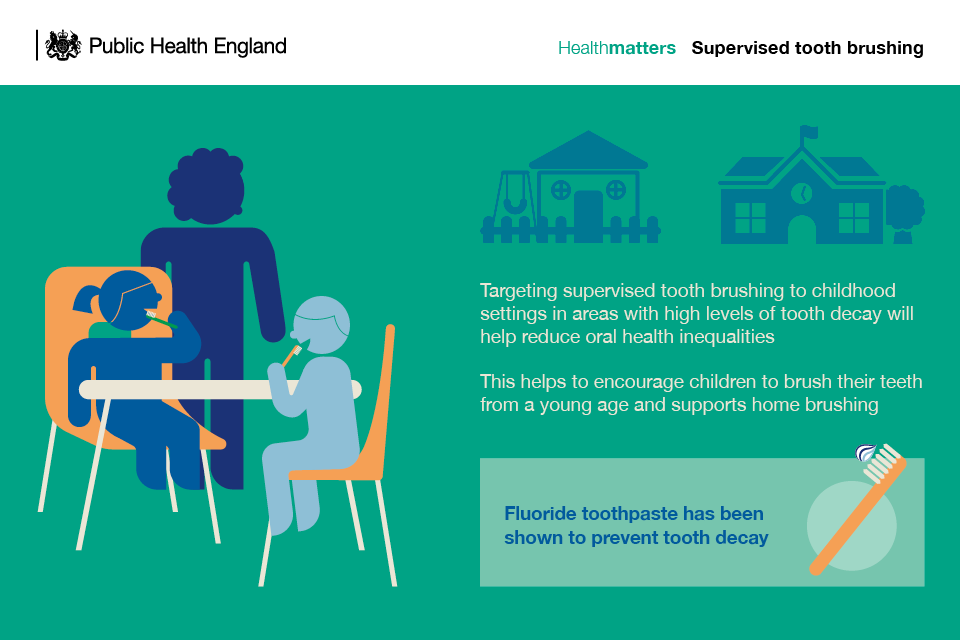Keep Got Ready For Unforeseen Oral Emergency Situations By Recognizing The Indicators Of Trauma And Recognizing When It Is Required To Seek Urgent Medical Care
Keep Got Ready For Unforeseen Oral Emergency Situations By Recognizing The Indicators Of Trauma And Recognizing When It Is Required To Seek Urgent Medical Care
Blog Article
Web Content Writer-Hanley Albright
If you really feel a sudden jolt of discomfort or see a tooth injury, it can be unsettling. However exactly how do you identify if it's an oral emergency situation that needs instant focus? Comprehending the essential indications and understanding when to look for aid can make all the distinction in preserving your dental health. Knowing when to act promptly could imply the difference in between a quick fix and much more substantial treatment.
Common Types of Dental Trauma
What're the usual sorts of oral trauma that you should understand?
Crashes can occur, causing numerous sorts of dental injuries. One typical type of dental trauma is a broken tooth. This can occur from biting down on something tough or experiencing an impact to the face.
https://toothimplantcostnearme51738.livebloggs.com/36484555/figure-out-the-very-best-orthodontic-option-for-your-way-of-life-by-delving-right-into-the-nuanced-contrast-in-between-invisalign-and-conventional-braces is a damaged tooth, where a part of the tooth can chip off. Additionally, you might experience a knocked-out tooth, which can take place during sporting activities or falls. It's vital to take care of the tooth meticulously and seek instant oral interest.
https://www.healthline.com/health/dental-and-oral-health/how-long-do-dental-implants-last can additionally include a tooth that has actually been pushed out of setting or loosened up due to an injury. This kind of injury requires prompt treatment to save the tooth.
Lastly, soft cells injuries in the mouth, such as cuts, can also occur from crashes. Finding out about these common types of dental trauma can assist you act swiftly and suitably in case of an emergency situation.
Indicators of Oral Emergencies
Acknowledging the indicators of oral emergency situations is important for punctual activity and appropriate therapy. If you experience extreme tooth pain that's constant and throbbing, it can suggest an underlying concern that needs prompt interest.
Swelling in the gums, face, or jaw can also suggest an oral emergency, particularly if it's accompanied by pain or fever. Any kind of injury to the mouth resulting in a cracked, broken, or knocked-out tooth should be dealt with as an emergency to stop further damages and potential infection.
Bleeding from the mouth that doesn't stop after using pressure for a couple of minutes is an additional warning that you ought to look for emergency situation oral care. In addition, if you notice any kind of indicators of infection such as pus, a nasty preference in your mouth, or a high temperature, it's essential to see a dental practitioner asap.
Neglecting these signs can lead to more severe issues, so it's critical to act promptly when faced with a potential dental emergency.
Significance of Immediate Treatment
Trigger activity and prompt therapy are important in addressing dental emergencies to avoid additional complications and make certain optimal results for your oral wellness.
When confronted with a dental emergency situation, such as a knocked-out tooth or serious toothache, seeking instant treatment can make a substantial distinction in conserving your tooth and minimizing pain. Delaying treatment can lead to infection, enhanced pain, and even permanent damages to your teeth and gums.
By seeking emergency situation oral care quickly, you boost the opportunities of successful treatment and remediation. Dentists have the essential skills and tools to deal with emergencies efficiently, reducing the risk of long-term consequences.
Additionally, prompt therapy can assist manage pain and discomfort, enabling you to resume your daily activities without distraction.
Conclusion
To conclude, understanding oral trauma and understanding when to seek emergency treatment is essential for maintaining dental health and wellness.
By acknowledging typical types of oral injuries and the indicators of dental emergency situations, you can guarantee punctual care to stop further damage and difficulties.
Keep in mind, looking for immediate therapy can conserve teeth, lower pain, and boost the possibilities of effective healing.
Don't be reluctant to seek help from an oral expert if you experience any type of indicators of dental injury.
